thicker trunk
fievel38 zone 6b
9 years ago
Related Stories

FALL GARDENING6 Trees You'll Fall For
Don’t put down that spade! Autumn is the perfect time for planting these trees
Full Story
GARDENING GUIDESNew Ways to Think About All That Mulch in the Garden
Before you go making a mountain out of a mulch hill, learn the facts about what your plants and soil really want
Full Story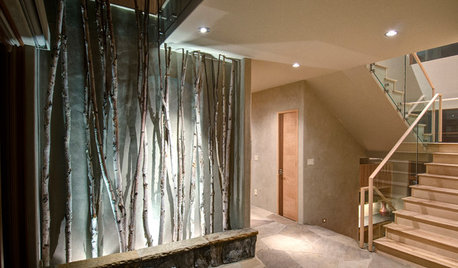
DECORATING GUIDESBranches and Twigs for More Than Just Decor
Think beyond the vase with twigged-out railings, gates, room dividers and more
Full Story
GARDENING GUIDES7 Ecofriendly Gardening Ideas That Also Cut Chore Time
Spend less time weeding, less money watering and more moments just sitting back and enjoying your healthy garden
Full Story
GARDENING AND LANDSCAPINGGrow a Lush Privacy Screen
No need to wait forever for patio privacy the green way. These 10 ideas will get your screening up and running in no time
Full Story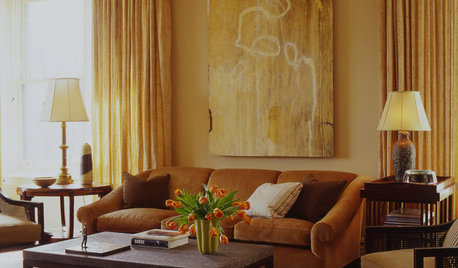
DECORATING GUIDESAbstract Art for Every Style Interior
Lighten a traditional setting, deepen a transitional one, establish a palette — abstract art can give more than just modern rooms a boost
Full Story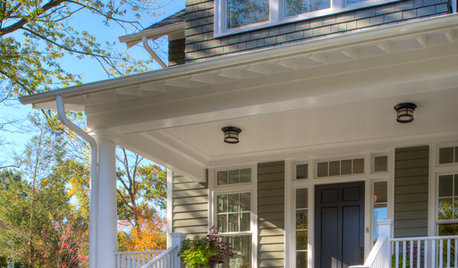
MONTHLY HOME CHECKLISTSOctober Checklist for a Smooth-Running Home
You're due for some winterizing, like clearing rain gutters and stowing swimsuits — but leave time for a fun project
Full Story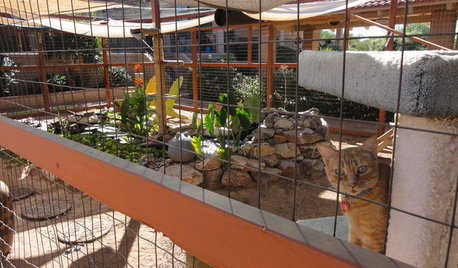
PETSSee a Deluxe 'Catio' Built for Feline Fun
Sixteen lucky cats get the run of a protected outdoor patio with ramps, steps and even a koi pond
Full Story
PAINTINGWhat to Know About Milk Paint and Chalk Paint — and How to Use Them
Learn the pros, cons, cost and more for these two easy-to-use paints that are great for giving furniture a vintage look
Full Story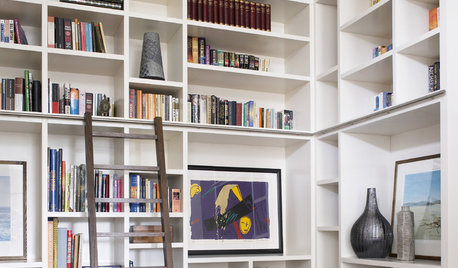
SMALL HOMESAsk an Expert: What Is Your Ultimate Space-Saving Trick?
Houzz professionals share their secrets for getting more from any space, small or large
Full StoryMore Discussions








moochinka
moochinka
Related Professionals
Ashland Landscape Architects & Landscape Designers · Ashburn Landscape Architects & Landscape Designers · Salem Landscape Architects & Landscape Designers · Dixon Landscape Contractors · Eagle Landscape Contractors · Mashpee Landscape Contractors · Maywood Landscape Contractors · North Lauderdale Landscape Contractors · Seymour Landscape Contractors · York Landscape Contractors · Centennial Decks, Patios & Outdoor Enclosures · Lauderdale Lakes Decks, Patios & Outdoor Enclosures · Layton Decks, Patios & Outdoor Enclosures · Methuen Decks, Patios & Outdoor Enclosures · Orange County Decks, Patios & Outdoor Enclosuresfievel38 zone 6bOriginal Author
tapla (mid-Michigan, USDA z5b-6a)
fievel38 zone 6bOriginal Author
halocline
tapla (mid-Michigan, USDA z5b-6a)
halocline
fievel38 zone 6bOriginal Author